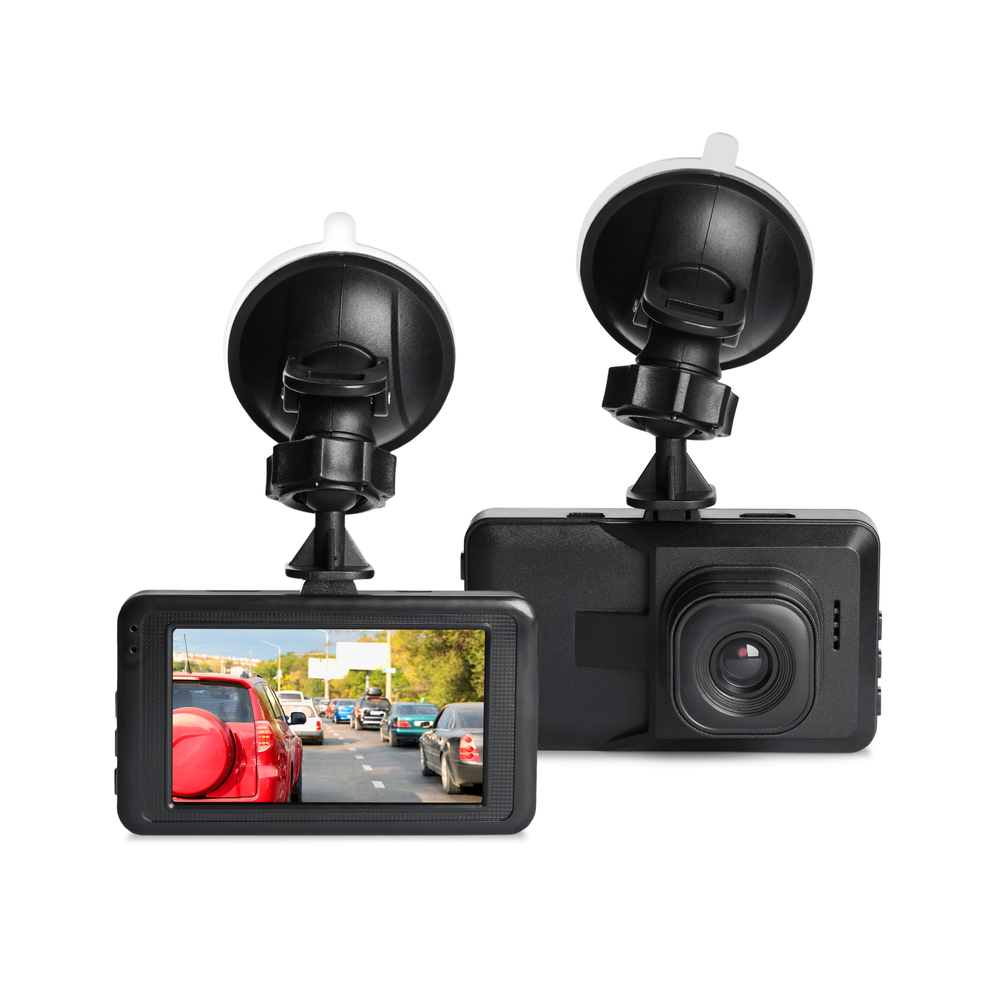Dashcams have become an increasingly popular technology for both private and commercial vehicles over the past decade. A dashcam is an onboard camera that continuously records footage of the road ahead and inside the vehicle whilst driving. The footage captured can provide vital evidence in the event of an accident or incident on the road. For both drivers and businesses operating vehicle fleets, dashcams offer various benefits that make them a worthwhile investment.
The Basics of Dashcam Technology
At its core, dashcam technology consists of a digital video camera that mounts to the dashboard or windscreen of a vehicle. Most consumer dashcams connect to the vehicle’s 12V power supply so they can run continuously whenever the ignition is on without draining the battery. Many also have a built-in battery that allows the camera to record for a short while if power is cut after an accident. Along with the camera, dashcams feature supporting hardware such as SD card storage for the video footage as well as a screen for viewing and configuring settings in some models.

The Optimal Position for a Dashcam
The positioning of the dashcam provides an optimal vantage point to clearly record the road ahead as well as a view through the windscreen into the cabin. Wide-angle lenses, high-resolution image sensors, and quality optics allow modern dashcams to capture crisp, clear footage even in low light conditions. Some high-end dashcams additionally have a rear-facing camera to record behind the vehicle and even inside-facing cameras to monitor passengers and drivers.
Extra Dashcam Capabilities
Advanced dashcam models boast extra capabilities through integrated GPS receivers which allow real-time telemetry to be embedded into the video. This includes the vehicle’s speed, location, date and time. GPS data provides vital context should recorded footage need to be reviewed later on. Other features include WiFi/Bluetooth for accessing footage on mobile devices, collision sensors to protect critical files, and cloud connectivity for seamless backup.
The Benefits of Using Dashcams on Everyday Journeys
For everyday drivers, having an onboard dashcam provides invaluable evidence and protection in the case of accidents where fault may be disputed. With video evidence clearly showing circumstances leading up to an accident, claims can be resolved quicker and with definitive accountability. Likewise, dashcam footage protects drivers against fraudulent claims when they are not at fault. The footage can refute bogus injury claims and exaggerations whilst helping honest drivers avoid unfair policy and premium hikes. Having an objective witness eliminates guesswork when insurance companies investigate accidents.
Beyond accidents, dashcam footage provides protection against other incidents like road rage, uninsured drivers and even animal collisions. Footage can help identify hit and run perpetrators who fail to stop after a collision. For delivery drivers, taxi services and mobile workers frequently on the road, dashcams safeguard against inappropriate public behaviour they may encounter whilst working. The preventative effect of dashcams for vehicles is also appreciated as drivers conscious of the cameras tend to be more cautious on the road.
The Benefits of Dashcams for Commercial Fleets
For managers of commercial fleets including taxis, logistics vehicles and public transport, outfitting all vehicles with dashcams brings multiple advantages. The comprehensive coverage via a CCTV dashcam allows thorough incident investigation and analysis to identify risk factors and improve driver safety education. Dashcams for fleets also mitigate commercial fleet insurance premiums by facilitating claims processing if collisions occur.
Responsible drivers may be rewarded with reduced excess charges and lower policy renewal fees based on video evidence from a dashcam demonstrating collisions were unavoidable through no fault of their own. With a lower claims ratio, fleets with dashcams stand to achieve significant underwriting savings over time.
Video telemetry data logged by dashcams enables fleet managers to closely monitor driver behaviour for policy compliance. Speed, traffic sign obedience and seat belt usage can all be audited remotely. Analysis of the footage allows ongoing driver training needs and weaknesses to be identified as well. Reviewing sample clips provides positive reinforcement for good drivers to improve fleet-wide standards over the long run.
As a management tool, dashcams facilitate dispute resolution if customers complain about poor or reckless driving. Likewise, public transport passengers claiming injury compensation can be verified against camera evidence inside buses and trains. The technology provides fleet operators with a trusted mechanism for self-auditing driving quality, customer service and health and safety standards across the board.
Dashcam technology might seem like a straightforward onboard camera system but it delivers immense value for both private and commercial drivers. The video evidence protects motorists against fraudulent claims, provides objective collision investigation to resolve disputes quickly and incentivises safer driving behaviour. For managers of vehicle fleets, dashcams are an indispensable management tool for improving driving standards, achieving underwriting savings and upholding customer service quality expectations.